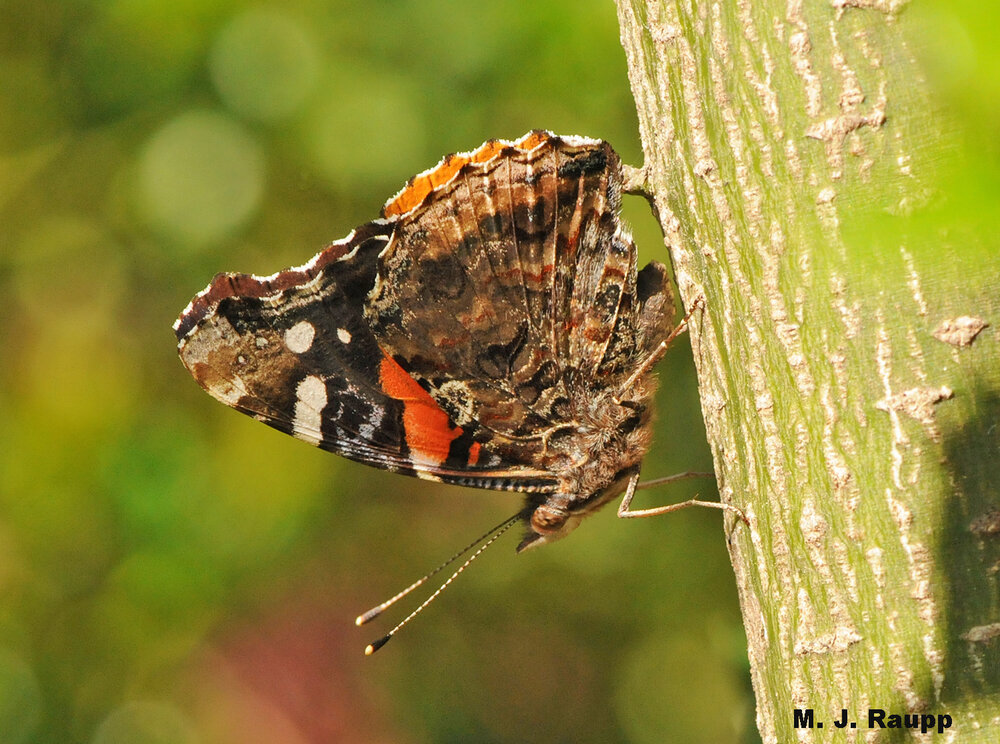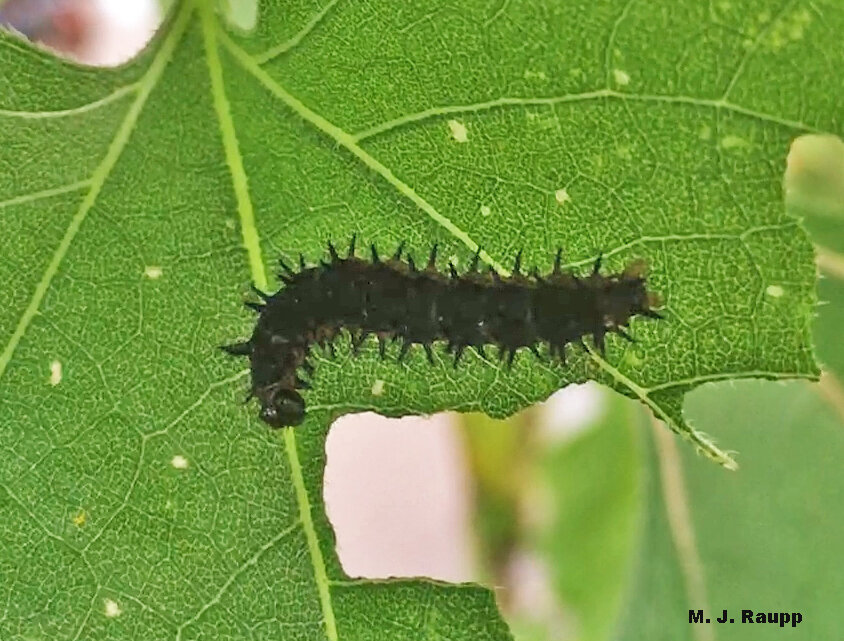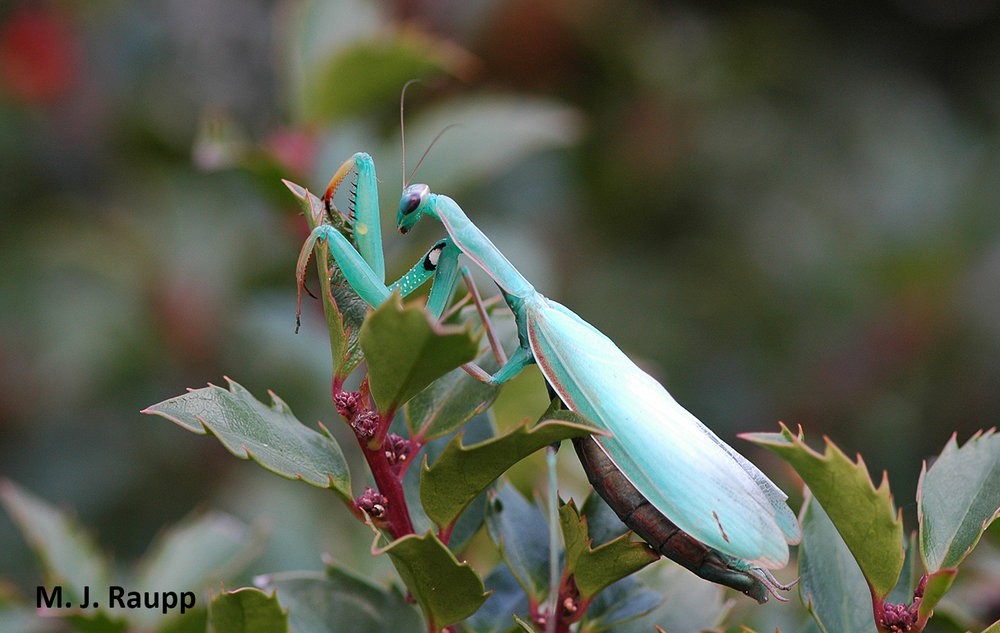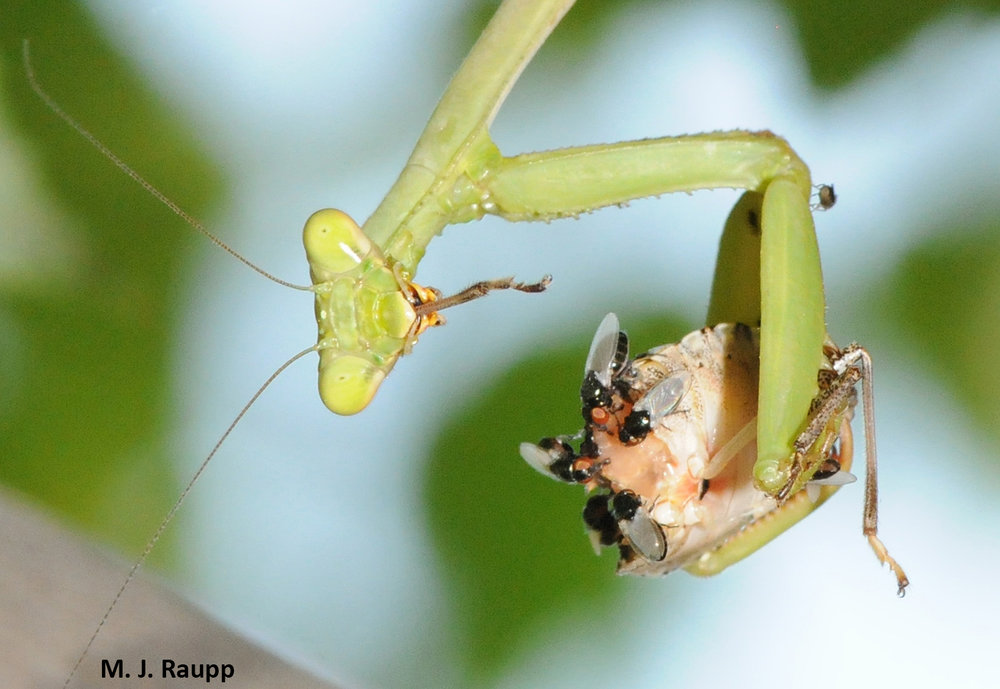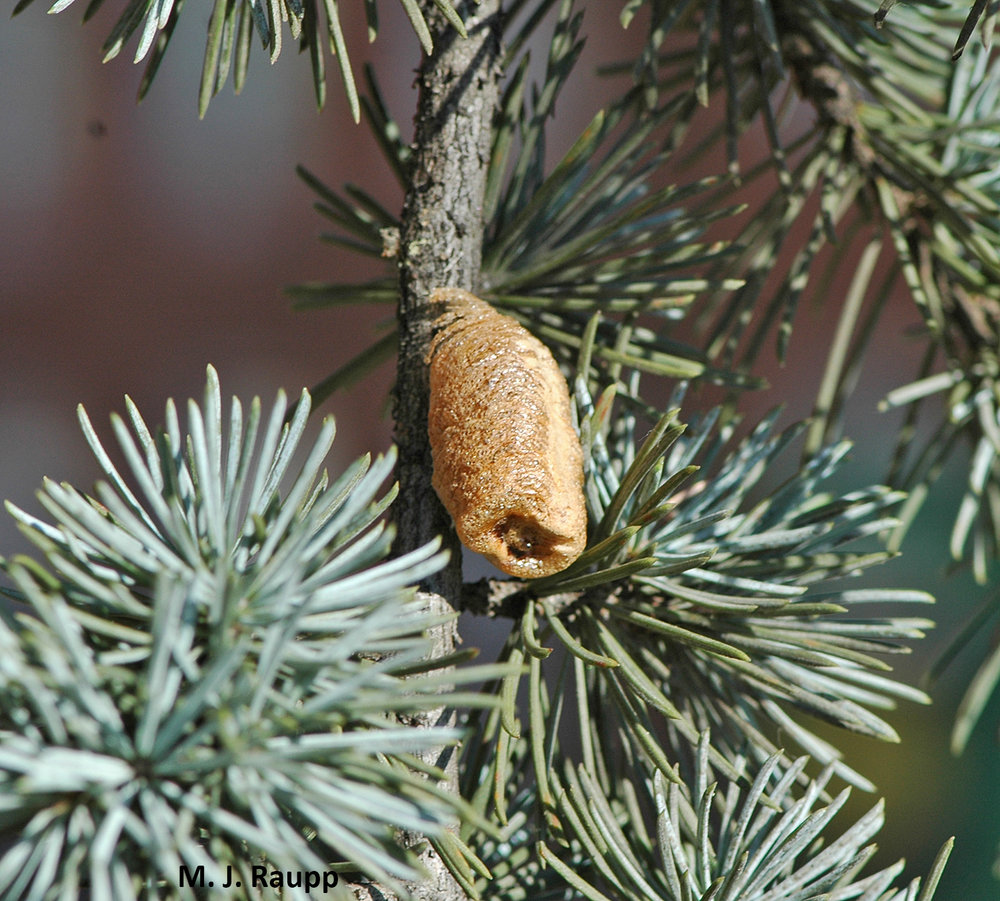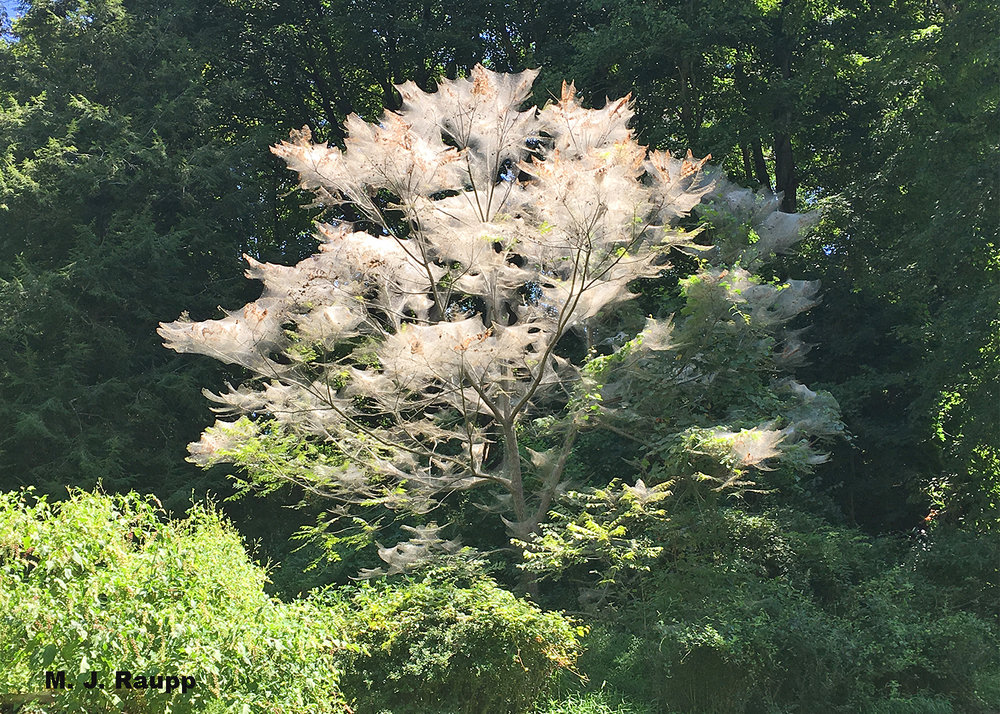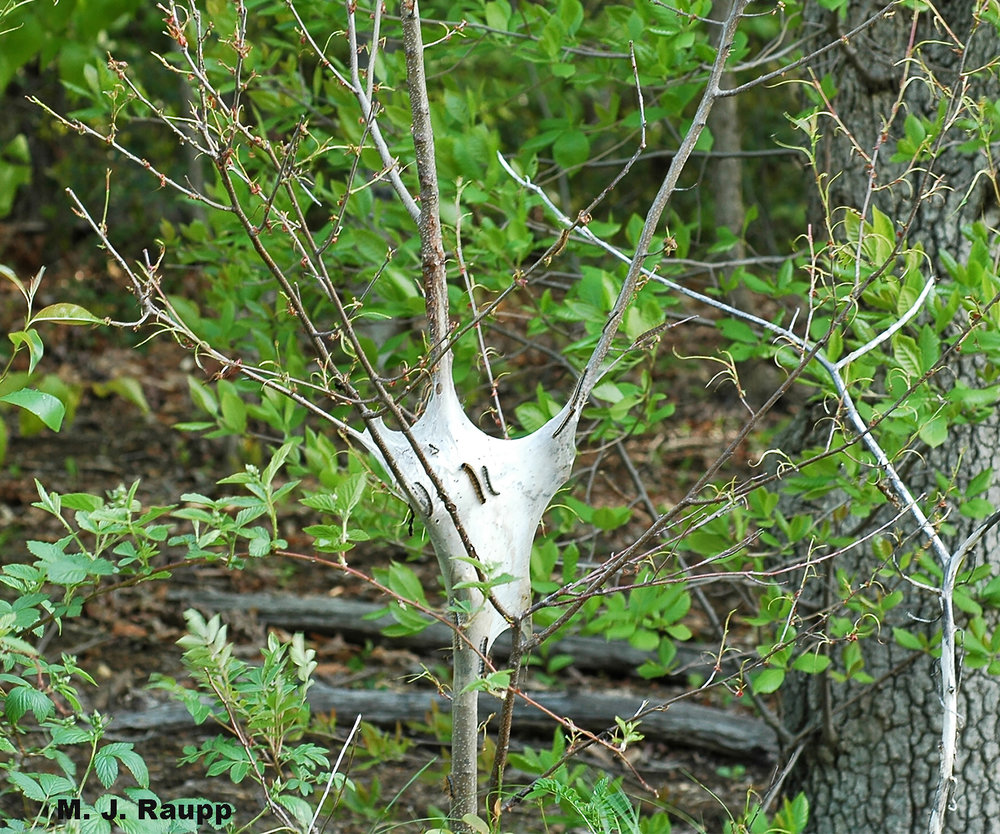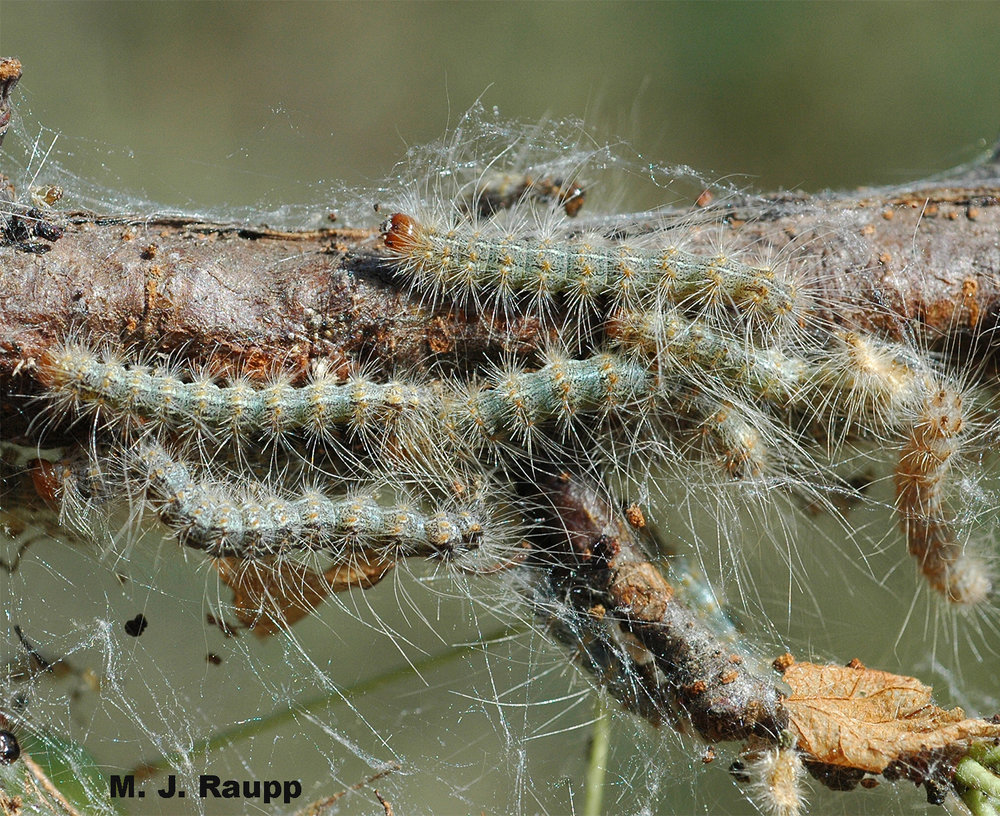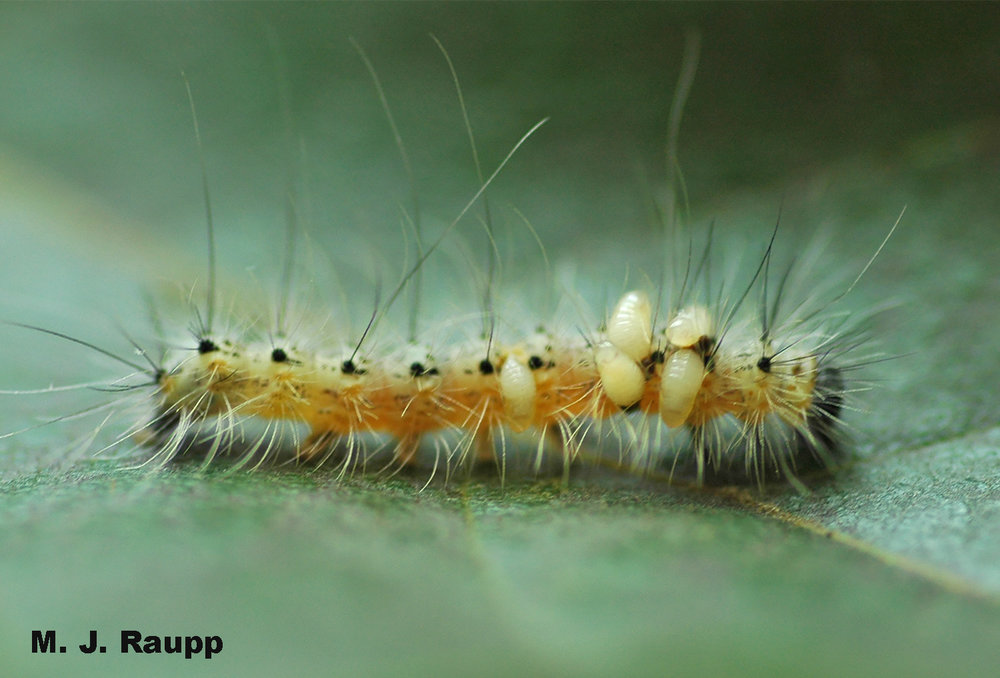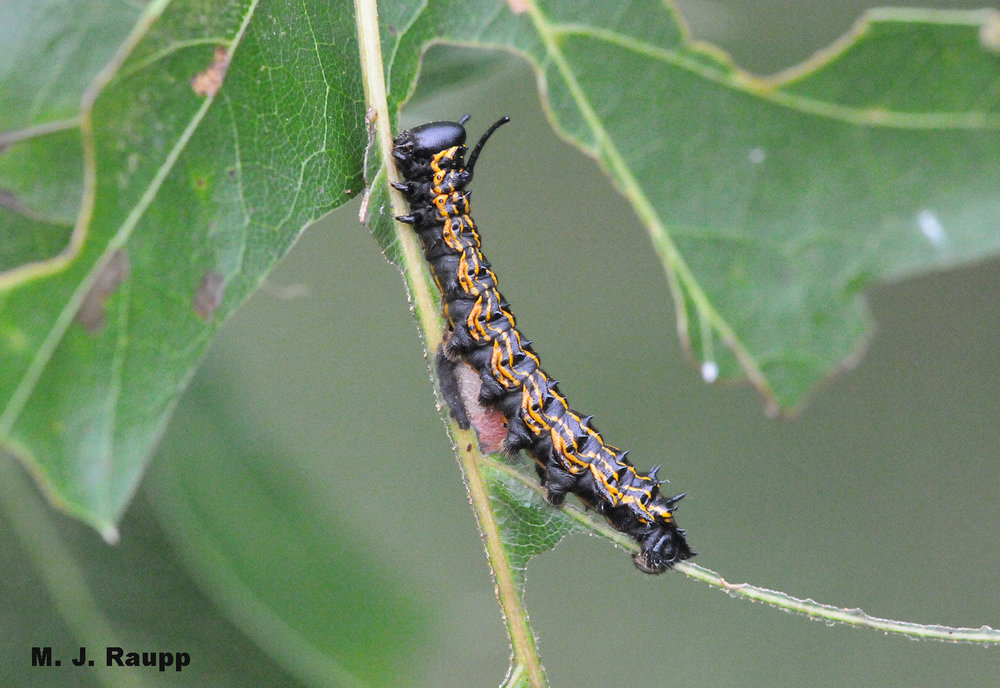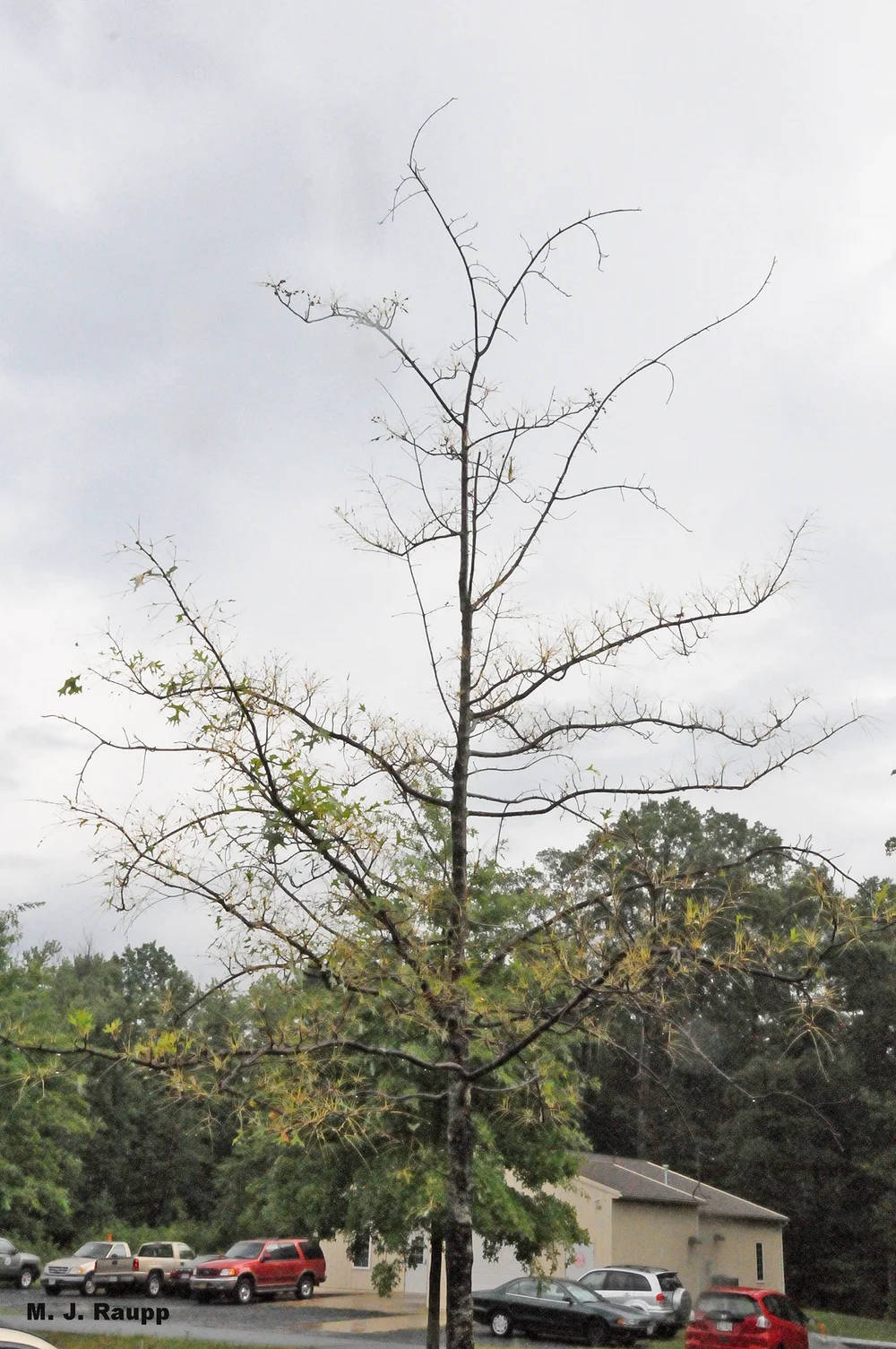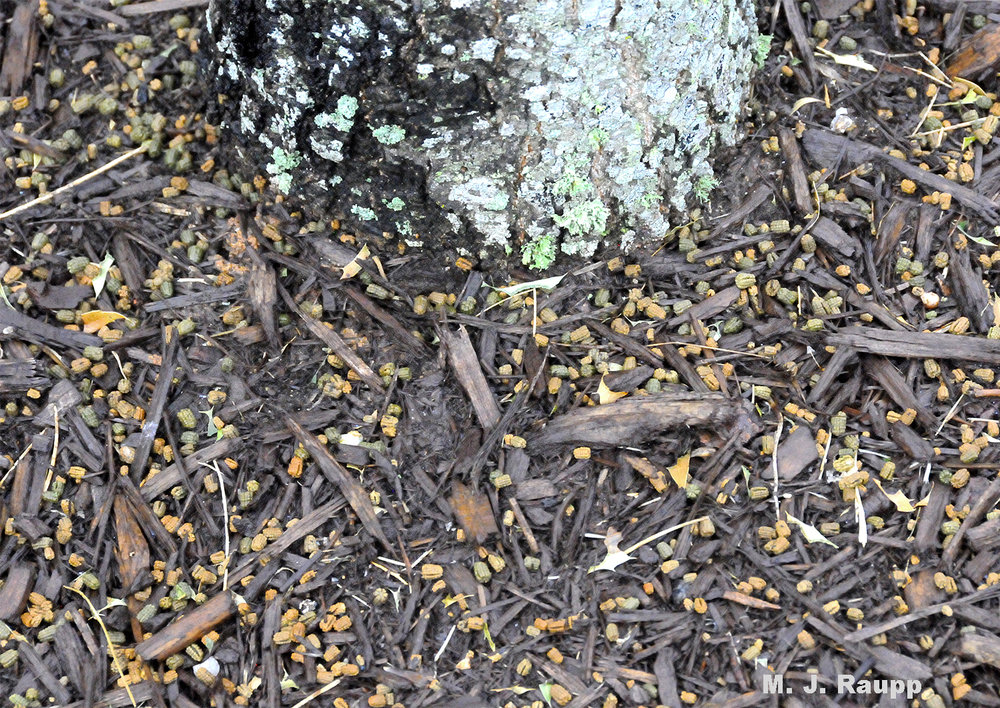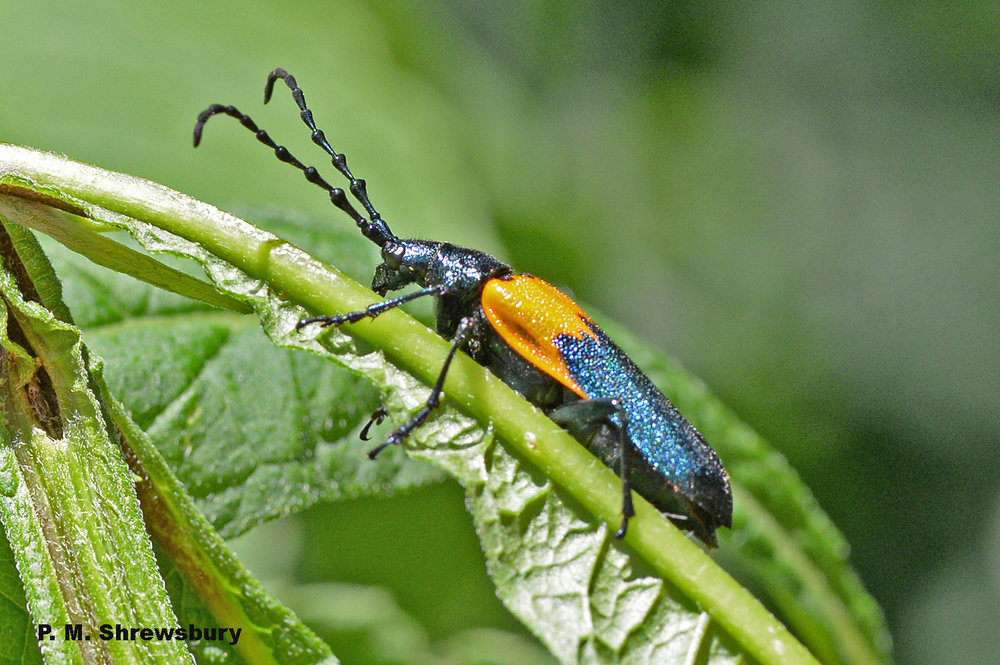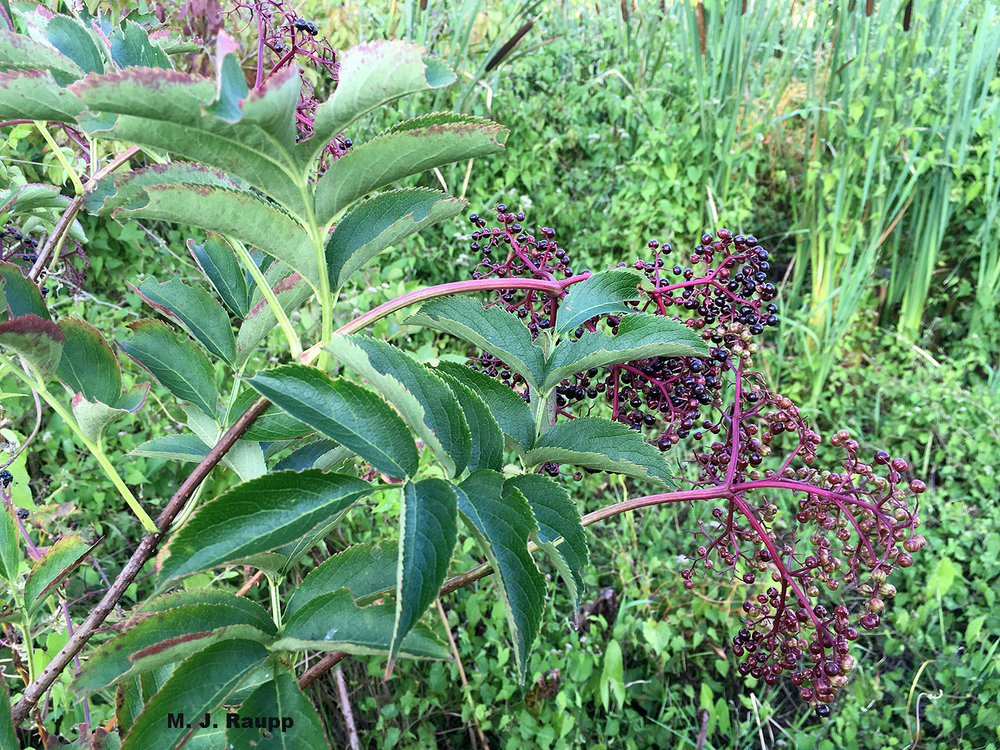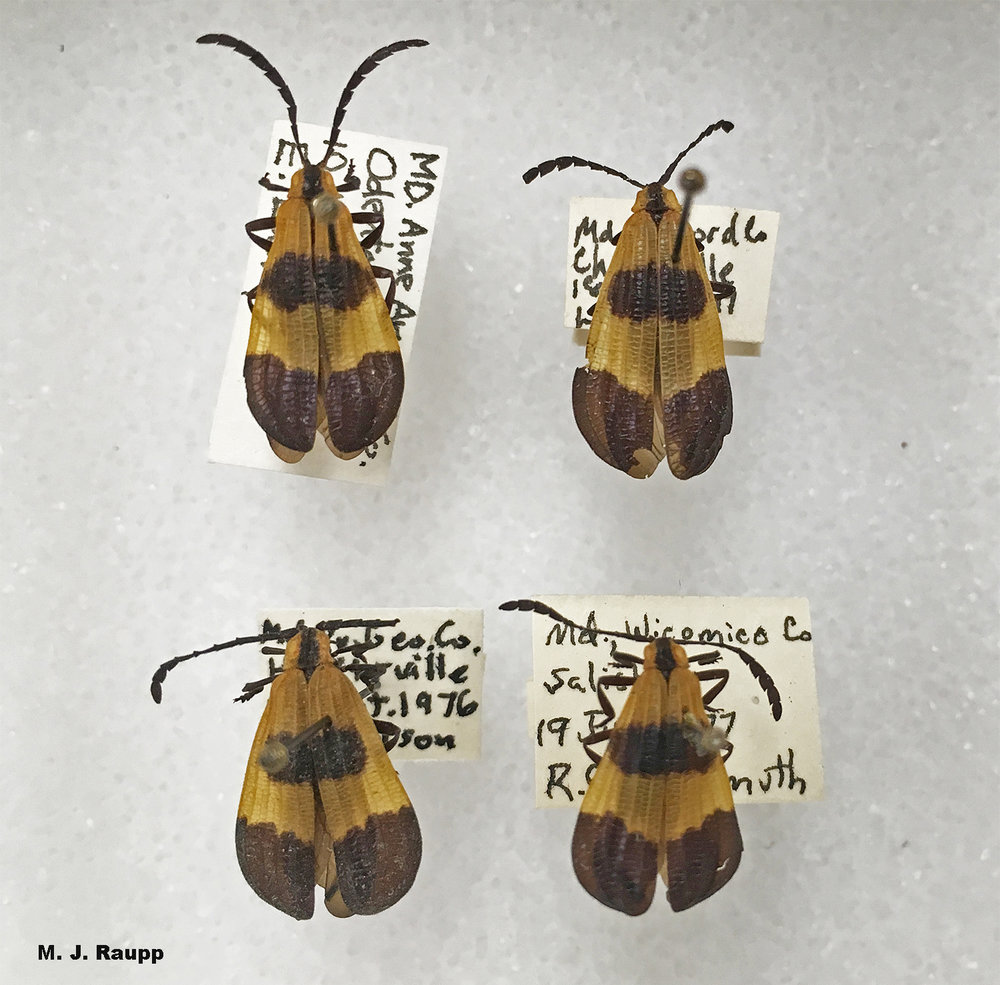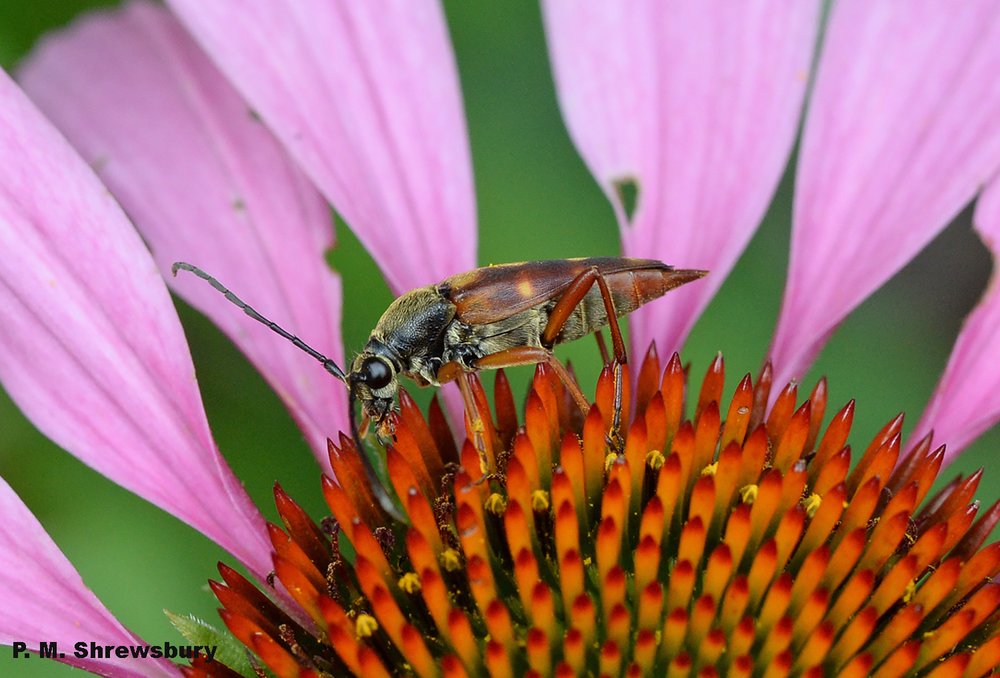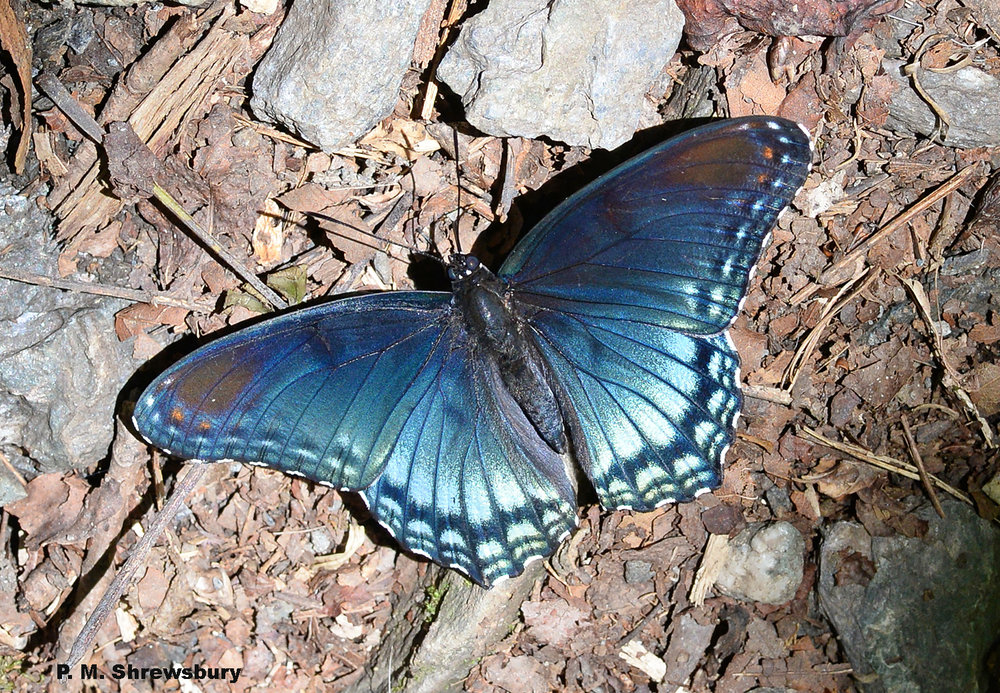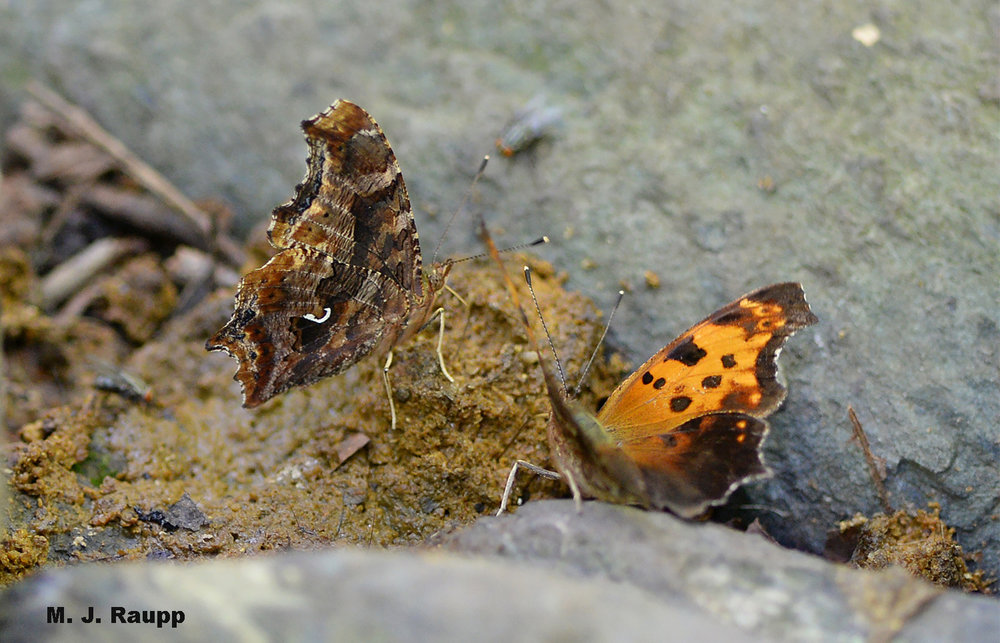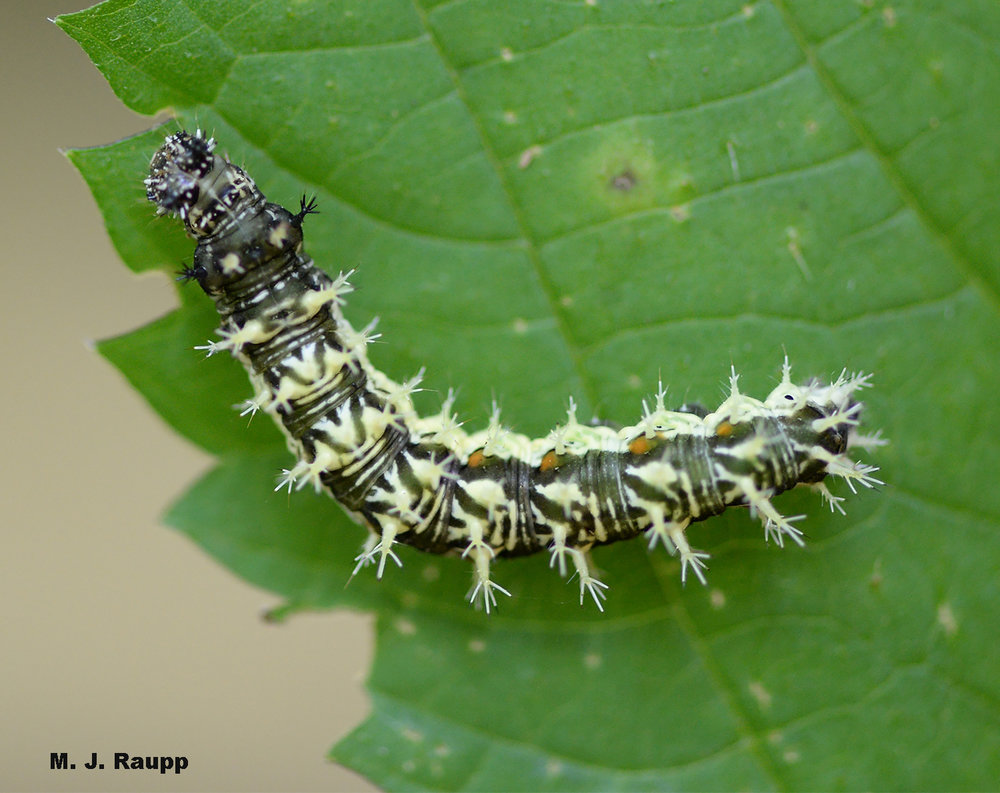Threat of Lyme Disease on The Rise
What You Need to Know About Tick-Borne Diseases & How to Protect Yourself
A growing focus and concern have been on mosquito-borne viruses recently, such as the Zika virus, but we need to also put some attention on tick-borne diseases.
The most prevalent of those diseases carried and transmitted by ticks is Lyme disease, and it’s likely most everyone in the Northeast United States have not only heard of Lyme, but personally know someone affected by this disease, if not affected themselves.
Even more concerning is the fact that scientists are predicting that an incurable form of Lyme disease has the potential to effect more than 2 million people by the year 2020.
Lyme Disease & the Dangers it Poses
Lyme disease is the most common vector-borne disease in the United States and is spread by ticks infected with the Borrelia burgdorferi bacterium.
It also most commonly spread by the deer tick — also known as the blacklegged tick.
In many cases doctors are able to prescribe antibiotics so that the symptoms can pass.
However, there are cases where symptoms linger in what is known as post-treatment Lyme disease, or post-treatment Lyme disease syndrome. The condition is characterized by cognitive dysfunction, debilitating fatigue, and chronic pain.
Unfortunately, there isn’t much understanding surrounding post-treatment Lyme disease syndrome, and there is no diagnosis for it.
As such, the treatment can be controversial and might not be ideal.
Lyme Disease is Widespread in the U.S.
When looking at a graph of confirmed cases distributed by the Centers for Disease Control and Prevention (CDC), we can see two months — June and July — with extreme peeks in Lyme disease cases.
With such peeks, and unconfirmed cases of Lyme disease, many experts are suggesting we could see as many as 2 million cases as soon as 2020.
Using Monte-Carlo simulation techniques and public records, it has been estimated that the number of post-treatment Lyme disease syndrome cases could reach 2 million by the year 2020.
With such a staggering rate of increase, and the increase in post-treatment Lyme disease syndrome cases, many health officials are concerned for the future and if they can create a successful treatment.
Signs & Symptoms of Lyme Disease
The spread of tick-borne diseases can happen throughout the year, but it is most common for cases to occur from April through September.
There can be situations where it’s not possible to spot an attached tick, so it’s important to know the symptoms commonly associated with Lyme disease:
Early Signs of Lyme Disease:
Within a few days of a tick bite, a rash can appear starting at the site of the bite. It often looks like a red bullseye. Someone bit by a tick can also experience body aches, swollen lymph nodes, fever, chills, and headache. These symptoms will typically appear within a month of being bitten.
Later Signs of Lyme Disease:
These symptoms of Lyme disease will usually occur within a month or so after being bitten by a tick. Arthritis with severe joint pain, facial palsy, intermittent pain in tendons, dizziness, nerve pain, heart palpitations or irregular heartbeat, and problems with short-term memory can be signs of Lyme disease.
Preventing Tick Infestations & the Spread of Lyme Disease
Since ticks are a constant threat to those living in much of North America, including New York, Massachusetts, Connecticut, and the New England region, preventing a tick infestation is essential.
Finding and treating a tick infestation can be difficult, especially if they are hiding throughout the property.
Pest management professionals have the education, equipment, and skills to handle the infestation.
To prevent a tick infestation, the spread of Lyme disease, and other tick-borne diseases, it’s important to keep the following tips in mind:
- Remove leaf litter, brush, and other lawn debris.
- Regularly mow tall grass along the property line.
- Thoroughly check yourself for ticks after spending time outdoors — especially in wooded areas. It’s also important to check your pets after they come inside.
Our tick treatment and control service safely kills the ticks on the property while also creating a barrier that prevents ticks from entering the lawn, home, or business in the future.
If you have found ticks inside your home or business, it’s possible that you have a tick infestation.
Contact our team of trained pest control professionals to eliminate your tick infestation and prevent the spread of tick-borne diseases.
This article appeared first on Catseye Pest
